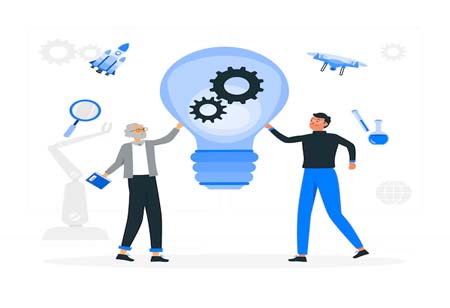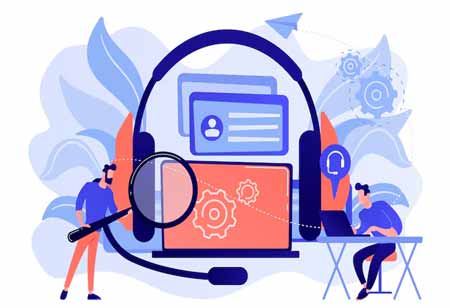THANK YOU FOR SUBSCRIBING
Be first to read the latest tech news, Industry Leader's Insights, and CIO interviews of medium and large enterprises exclusively from Hrtech Outlook
THANK YOU FOR SUBSCRIBING

By
HR Tech Outlook | Monday, December 08, 2025
Stay ahead of the industry with exclusive feature stories on the top companies, expert insights and the latest news delivered straight to your inbox. Subscribe today.
Fremont, CA: Enhancing the employee experience is essential for attracting and retaining top talent, improving engagement, and boosting organizational productivity. The employee experience journey includes various stages, such as sourcing, onboarding, training, and development, along with other elements designed to maintain engagement during key moments in an employee's tenure.
Managers and HR directors play a crucial role in ensuring that employees have a positive experience from the outset by developing effective processes, procedures, and an overall supportive environment. By focusing on improving the employee experience, organizations can foster greater satisfaction, loyalty, and performance among their workforce.
To guarantee that the employee experience journey is positive from beginning to end, businesses must coordinate every step of their process. Every touch point in the employee experience journey, from onboarding and giving a good first impression of the firm to offboarding and ensuring your future ambassadors are praising you, is just as significant as the next.
Companies may guarantee a smooth employee experience by:
The Initial United Approach:
Workers converse and exchange stories. For this reason, a unified worldwide approach to onboarding is essential to guarantee that each person has the same experience. Since onboarding creates the initial, favorable impression of the firm, it is a crucial component of the employee experience journey. Some employees may feel mistreated and harbor resentment toward their coworkers or employer if they undergo a different and less successful onboarding process that is either harder or less pleasurable.
HR directors can guarantee a smooth onboarding experience for new hires by leveraging existing tools to automate and optimize the back-end process. Providing new hires with continuous integration into a business, from the offer to contract signing and personal profile establishment, sets the ideal tone for good employment.
Employee Interaction and Becoming Part of the Company Culture:
By offering a smooth approach, people can start interacting with the organization before they join. For instance, all the administrative work associated with onboarding is finished before day one! By providing information about the organization ahead of time, employers can help new hires learn about the organization and begin to see where they will fit in, making their first day much more productive and pleasurable.
It is beneficial for new hires to have conversations before entering the company with the teams they will be working with and the individuals overseeing their advancement. Making a good first impression on new hires and fostering strong relationships during onboarding is essential to delivering a great work environment and guaranteeing engagement.
The Onboarding Plan:
It is recommended to have a well-planned onboarding strategy for new hires. It should include an overview of the company, a briefing on their expected duties, and a meeting with key personnel.
It is also advisable to schedule formal reviews three and six months after regular one-on-one meetings with supervisors. This will enable everyone to provide valuable feedback and stay focused on the same goals for success. It also helps managers take proactive steps to address any identified issues.
The final step is setting specific goals and having conversations with new employees. It's important to ensure that they understand their priorities and expectations, which should be focused on supporting their personal and professional growth and helping them achieve their objectives.
Having clear and achievable goals benefits both employees and managers. Managers can improve team performance and be confident that their input contributes to employee growth. On the other hand, new hires have something to strive for, which will promote their development and advancement within the organization.
I agree We use cookies on this website to enhance your user experience. By clicking any link on this page you are giving your consent for us to set cookies. More info

However, if you would like to share the information in this article, you may use the link below:
www.hrtechoutlookeurope.com/news/transforming-employee-experience-a-strategic-approach-nid-3846.html



